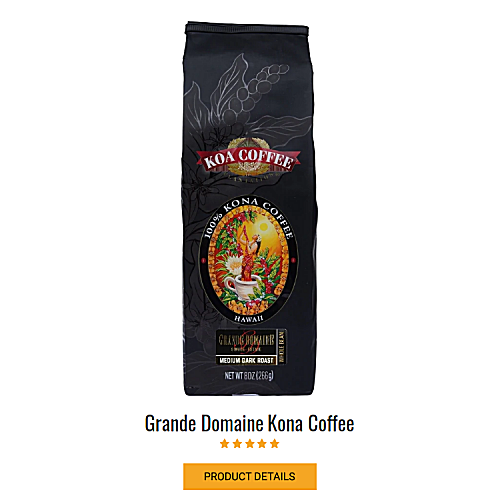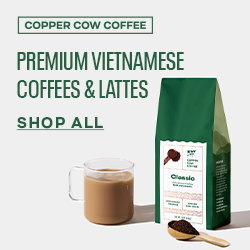In today’s health-conscious society, understanding the nutritional content of our favorite beverages is more important than ever. For coffee enthusiasts who prefer plant-based alternatives, knowing the calories in a oat milk cappuccino is crucial for maintaining a balanced diet. This article delves into the calorie count of this popular coffee choice, offering insights into its nutritional profile, and providing tips on how to enjoy it in a health-conscious way. Whether you’re a fitness enthusiast, someone with dietary restrictions, or just a coffee lover looking to make informed choices, this guide will equip you with all the necessary information about the caloric aspects of this lovely beverage.
How Many Calories Are There in an Oat Milk Cappuccino?

When considering the calories in a oat milk cappuccino, it’s important to note that the calorie count can vary based on the specific ingredients used and the serving size. However, a general estimate can be provided for a standard serving:
- Average Caloric Content: A typical 16 oz (473 ml) oat milk cappuccino, which includes a shot of espresso, steamed milk, and foam, contains approximately 120 to 170 calories.
- Factors Influencing Calorie Count:
- Oat Milk: The type of oat milk used (sweetened or unsweetened) can significantly affect the calorie content. The unsweetened version generally contains fewer calories.
- Espresso: The espresso shot in a cappuccino contributes minimally to the overall calorie count, usually ranging between 1 to 5 calories.
- Additives: Any additional flavors or sweeteners, like sugar, coffee syrups, or flavored powders, will increase the total calorie count of your coffee.
While the calorie content can vary, a standard cup of the delectable beverage typically contains between 120 to 170 calories, with variations depending on the specific type of milk and any added ingredients.
The Basics of Oat Milk Cappuccinos
These delightful beverages have gained popularity as a delicious and dairy-free alternative to traditional cappuccinos. Understanding the components of a cappuccino with oat milk, from its base ingredients to its nutritional profile, is key to appreciating this modern twist on a classic coffee beverage.
Understanding Oat Milk
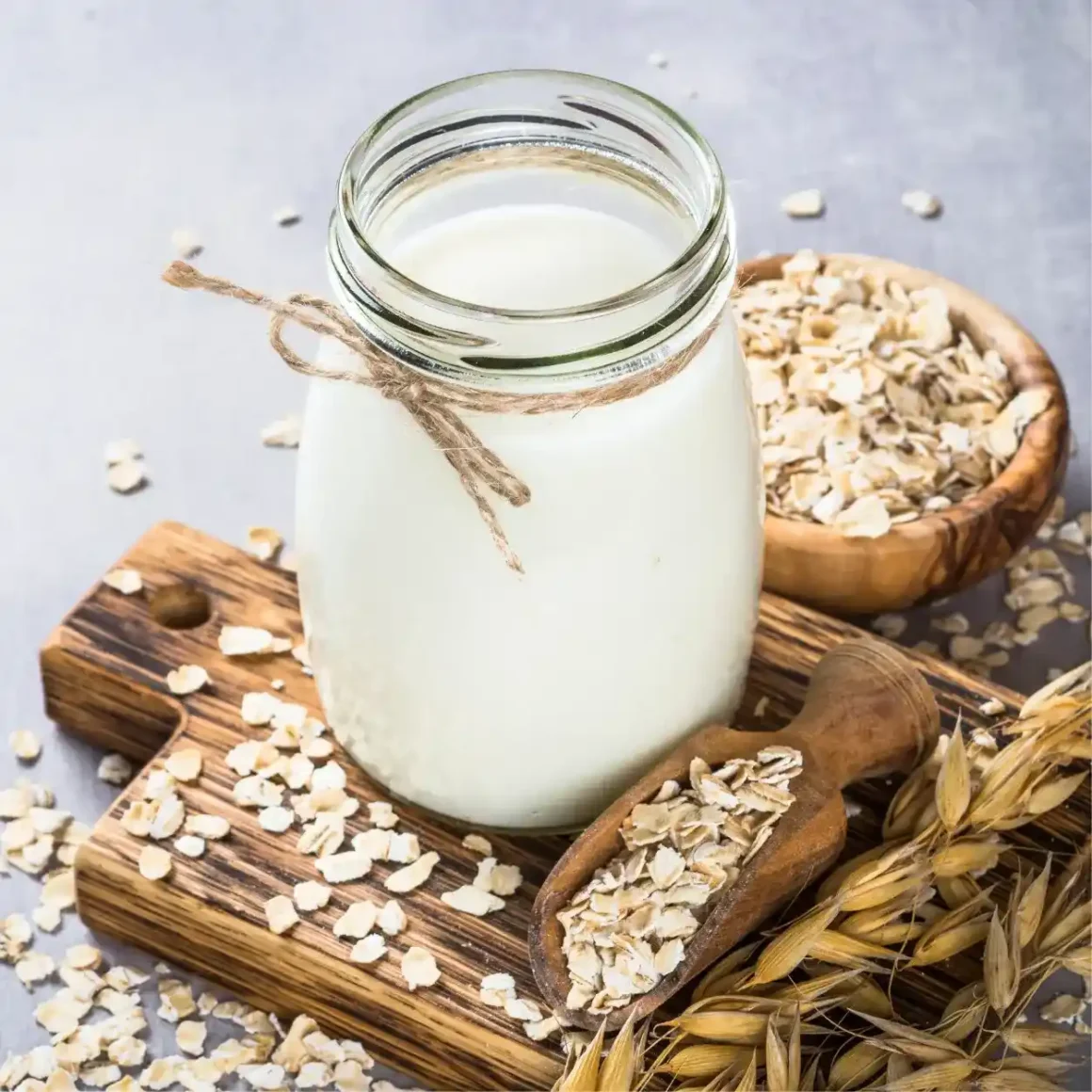
This kind of milk serves as a cornerstone in creating this delightful concoction. Here’s why it’s a favored choice:
- Composition: Made from whole oats and water, it’s known for its creamy texture and mild sweetness. (1)
- Suitability for Dietary Restrictions: It’s an ideal option for those with nut, soy, or dairy allergies.
- Eco-Friendly: Producing this milk generally has a lower environmental impact compared to dairy milk.
What Is a Cappuccino?

A cappuccino is a beloved coffee drink with a rich history and specific composition:
- Structure: Traditionally, it consists of equal parts espresso, steamed milk, and milk foam.
- Serving Size: Typically served in smaller cups, it’s known for its strong flavor and light, frothy texture.
- Variations: While originally made with dairy milk, the rise of plant-based alternatives has led to new variations. (2)
Oat Milk vs. Dairy Milk: A Nutritional Comparison
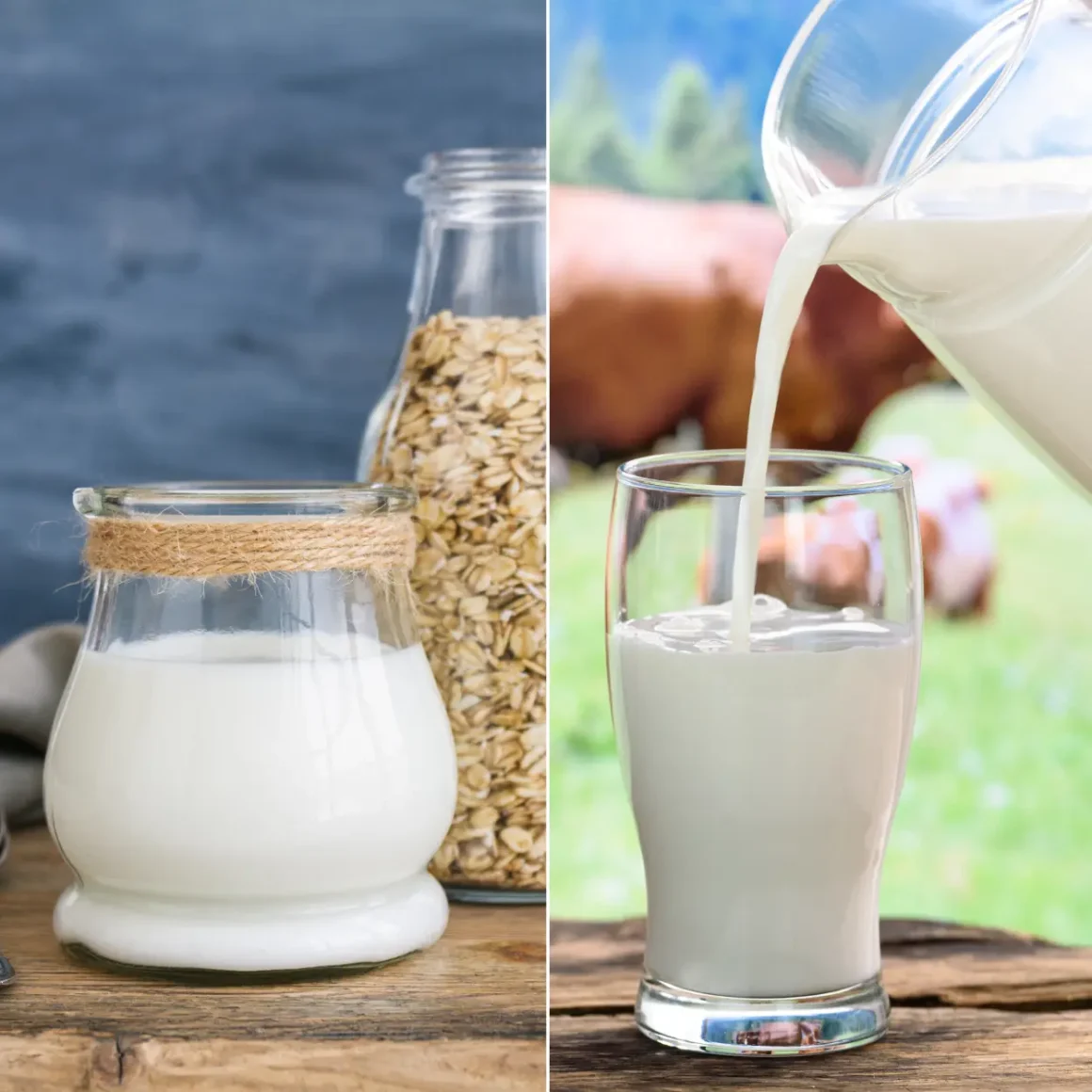
When comparing oat milk to dairy milk, especially in the context of a café cappuccino, several nutritional aspects stand out:
- Calorie Content: This type of milk generally contains fewer calories than whole dairy milk, but more than skim milk.
- Nutrient Profile: While dairy milk is a natural source of protein and calcium, oat milk is often fortified with these nutrients.
- Sugar Content: Unsweetened oat milk has a lower sugar content than dairy milk, but sweetened varieties can have added sugars. (3)
- Dietary Fiber: This milk provides dietary fiber, a component not found in dairy milk.
Overall, this coffee drink offers a delightful and health-conscious alternative to traditional dairy-based cappuccinos, catering to a range of dietary preferences and environmental considerations.
Calories in Oat Milk
This plant-based milk, a popular dairy-free alternative, has gained attention for its unique nutritional profile, including its calorie content. Understanding the nutritional facts of this milk, the method of calculating its calories, and a comparison with other milk alternatives offers a comprehensive view, especially for those monitoring their intake like in the case of oat milk cappuccino calories.
Oat Milk Nutrition Facts
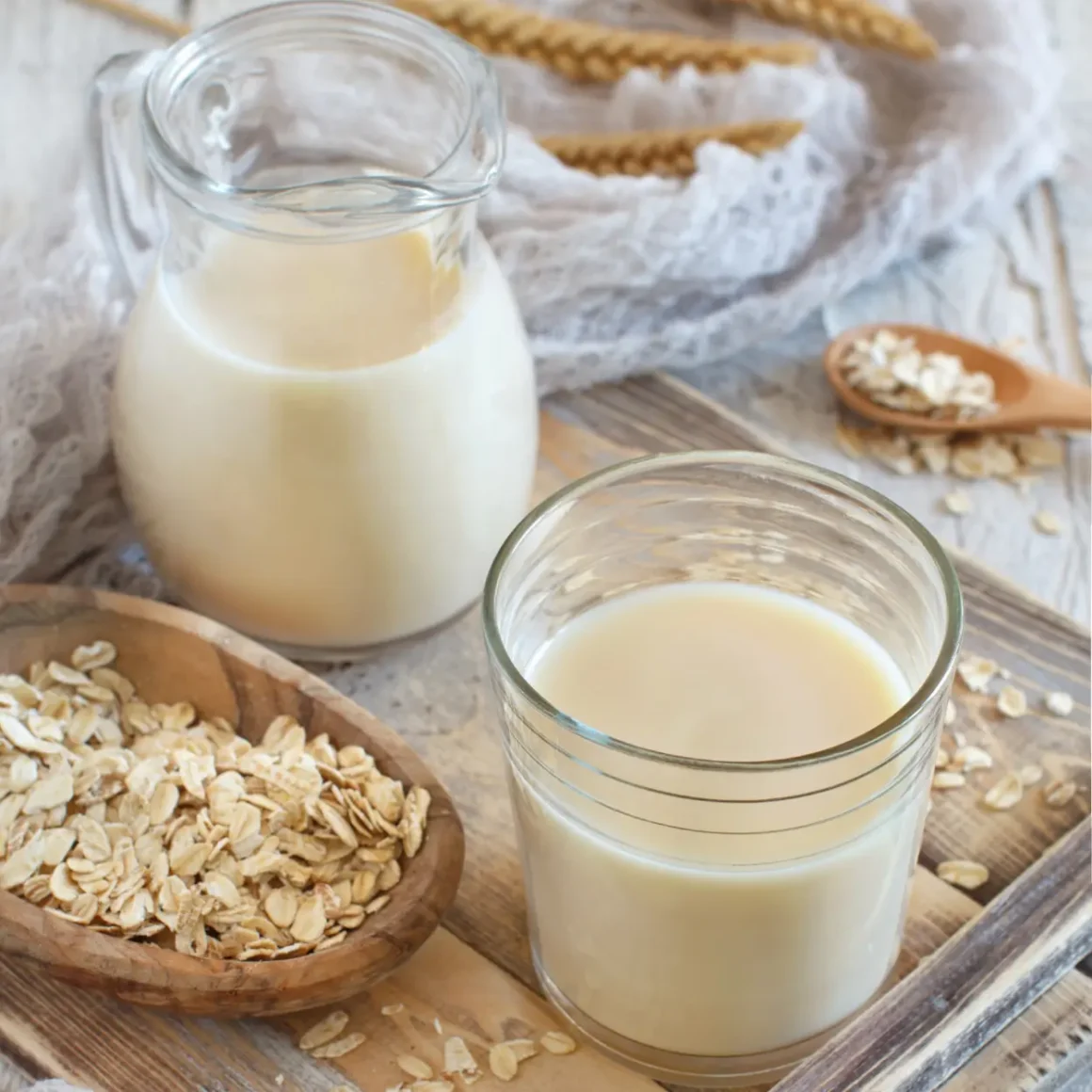
This milk’s nutritional value is distinguished by several key factors:
- Calorie Content: A typical serving of the unsweetened version (about 240 ml or 1 cup) contains approximately 90-130 calories. The calorie count can vary based on brands and any added ingredients.
- Nutrient Composition: It is generally rich in carbohydrates and dietary fibers, with moderate amounts of protein and minimal fat.
- Vitamin and Mineral Fortification: Many commercial brands of this kind of milk fortify their products with vitamins and minerals like calcium, vitamin D, and vitamin B12.
How Are Calories Calculated?

The calorie content in this type of milk, as with other foods, is determined through a scientific process:
- Direct Calorimetry: This method involves burning a food sample in a calorimeter to measure the amount of heat energy released, which correlates to the calorie content.
- Nutrient-Based Calculation: Another approach calculates calories based on the known energy provided by carbohydrates, proteins, and fats present in this kind of milk.
Comparing Oat Milk Calories to Other Milk Alternatives
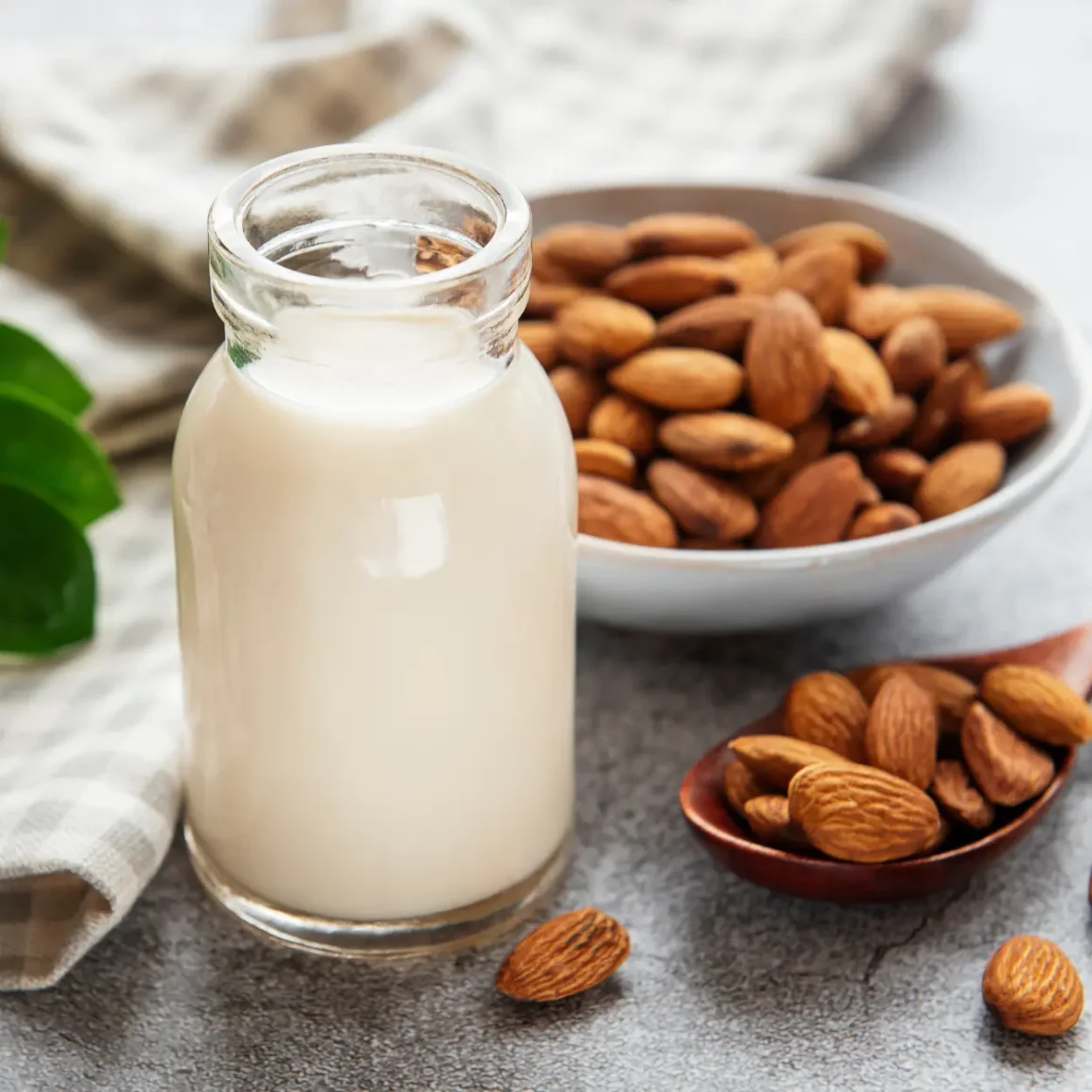
When considering this milk in the context of other milk alternatives, its calorie count is quite competitive:
- Dairy Milk: Whole dairy milk contains about 150 calories per cup, making this type of milk a lower-calorie option.
- Almond Milk: Unsweetened almond milk usually has around 30-50 calories per cup, significantly lower than oat milk.
- Soy Milk: Soy milk has about 80-100 calories per cup, similar to this milk but with a higher protein content.
In summary, this kind of milk offers a balanced caloric content with additional nutrients, making it a favorable choice for those seeking an alternative to dairy milk. Its calorie count is on par with or lower than many other milk options, contributing to its growing popularity.
Calorie Management
Managing calorie intake is crucial for maintaining a healthy diet and lifestyle. Calories are the energy units that fuel the body’s functions, but understanding their role and how to balance them is key to a healthy diet. This is especially relevant when considering popular beverages like cappuccino with oat milk, which can be part of a balanced diet when consumed mindfully.
The Role of Calories in Your Diet
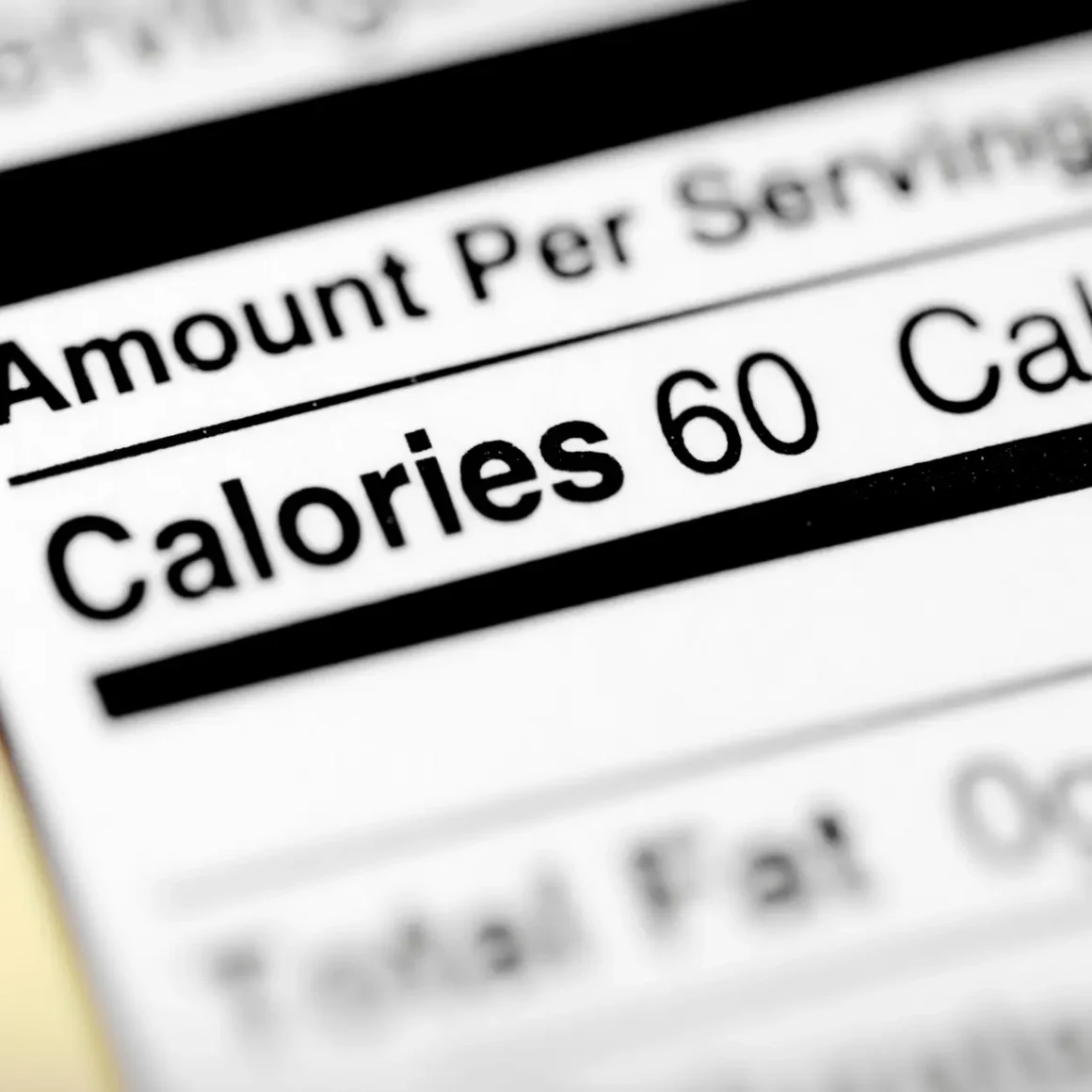
Calories play several vital roles in your diet:
- Energy Source: They provide the energy needed for daily activities and bodily functions.
- Nutritional Balance: Calories come from different nutrients like carbohydrates, proteins, and fats, each serving unique functions in the body.
- Weight Management: Managing calorie intake is essential for maintaining, losing, or gaining weight, depending on individual health goals.
Balancing Your Caloric Intake
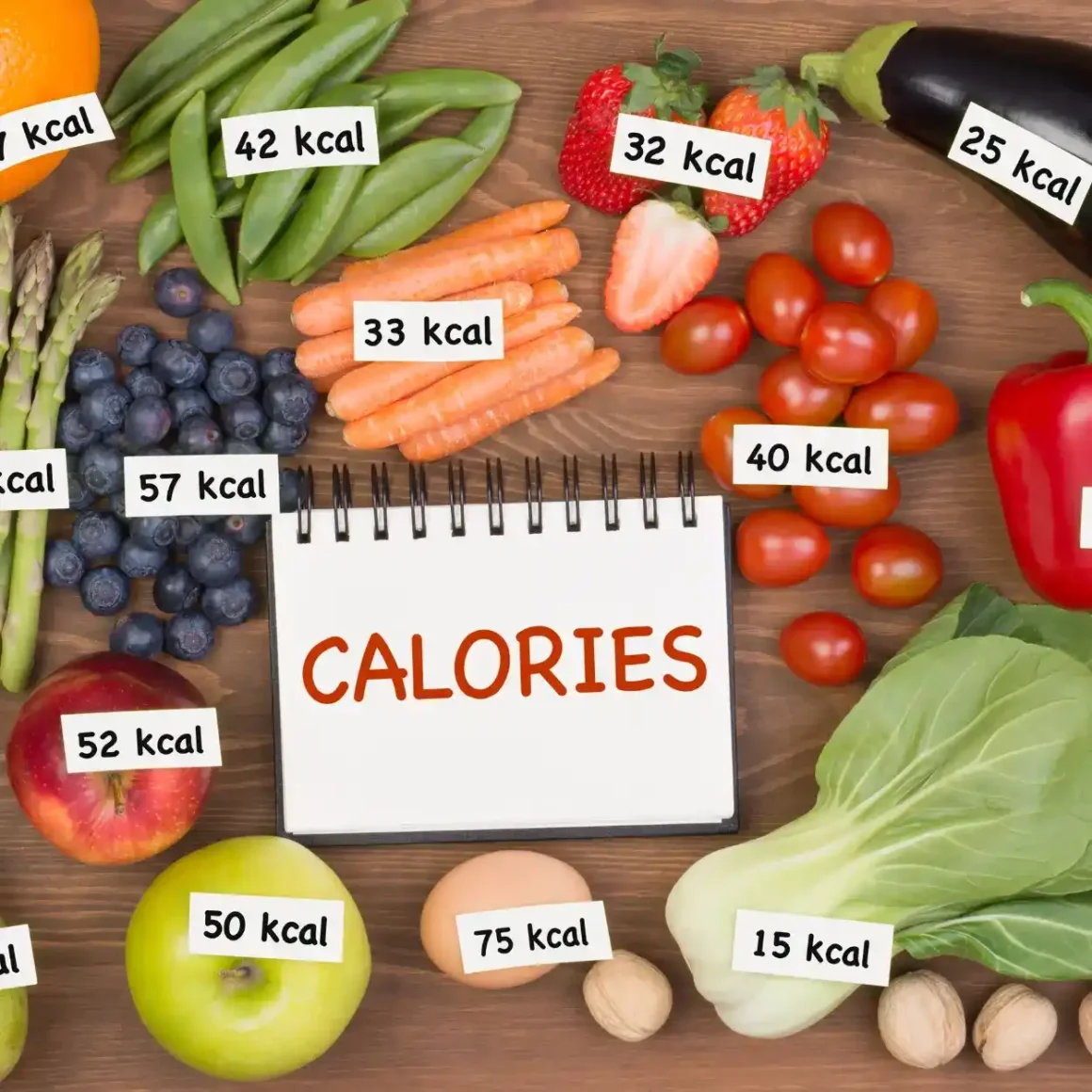
Achieving a balance in caloric intake involves several strategies:
- Understanding Needs: Everyone’s caloric needs differ based on age, gender, activity level, and health goals. Understanding personal caloric requirements is the first step in achieving balance.
- Quality Over Quantity: Focus on nutrient-dense foods that provide more than just calories, such as fruits, vegetables, whole grains, lean proteins, and healthy fats.
- Monitoring Portion Sizes: Being mindful of portion sizes helps in not consuming more calories than needed.
Tips for Enjoying Oat Milk Cappuccinos Mindfully

Enjoying this delectable coffee drink can be a delightful experience, and with mindful consumption, it can fit into a balanced diet:
- Choose Unsweetened Oat Milk: Opt for the unsweetened version of this milk to reduce added sugar and calorie content.
- Watch the Extras: Be mindful of added sugars or coffee syrups which can significantly increase the calorie count.
- Portion Control: Opt for a smaller size to enjoy the flavor while keeping calorie intake in check.
Understanding the role of calories and how to balance them is key to a healthy diet. Enjoying treats like this lovely beverage can be part of this balance, provided they are consumed mindfully with attention to portion size and added ingredients.
Healthy Choices and Alternatives
Making healthy choices when it comes to beverages like coffee can significantly impact your overall wellness. This includes exploring low-calorie recipes, considering other coffee alternatives, and following expert tips for healthier coffee orders. These strategies can help you enjoy your favorite drinks while maintaining a balanced diet.
Low-Calorie Oat Milk Cappuccino Recipe

Enjoy a guilt-free cappuccino with this simple recipe:
Ingredients:
- 1 shot of espresso (or 1 cup of strong brewed coffee)
- ¾ cup unsweetened oat milk
- A dash of cinnamon or nutmeg (optional)
- Sweetener of choice (stevia, monk fruit, or a small amount of honey), optional
Instructions:
- Brew a shot of espresso or strong coffee.
- Heat the milk in a saucepan over medium heat until warm (not boiling). Froth the milk using a milk frother or by whisking vigorously.
- Pour the espresso into a cup, followed by the frothed milk.
- Add a dash of cinnamon or nutmeg and sweetener if desired.
Other Coffee Alternatives
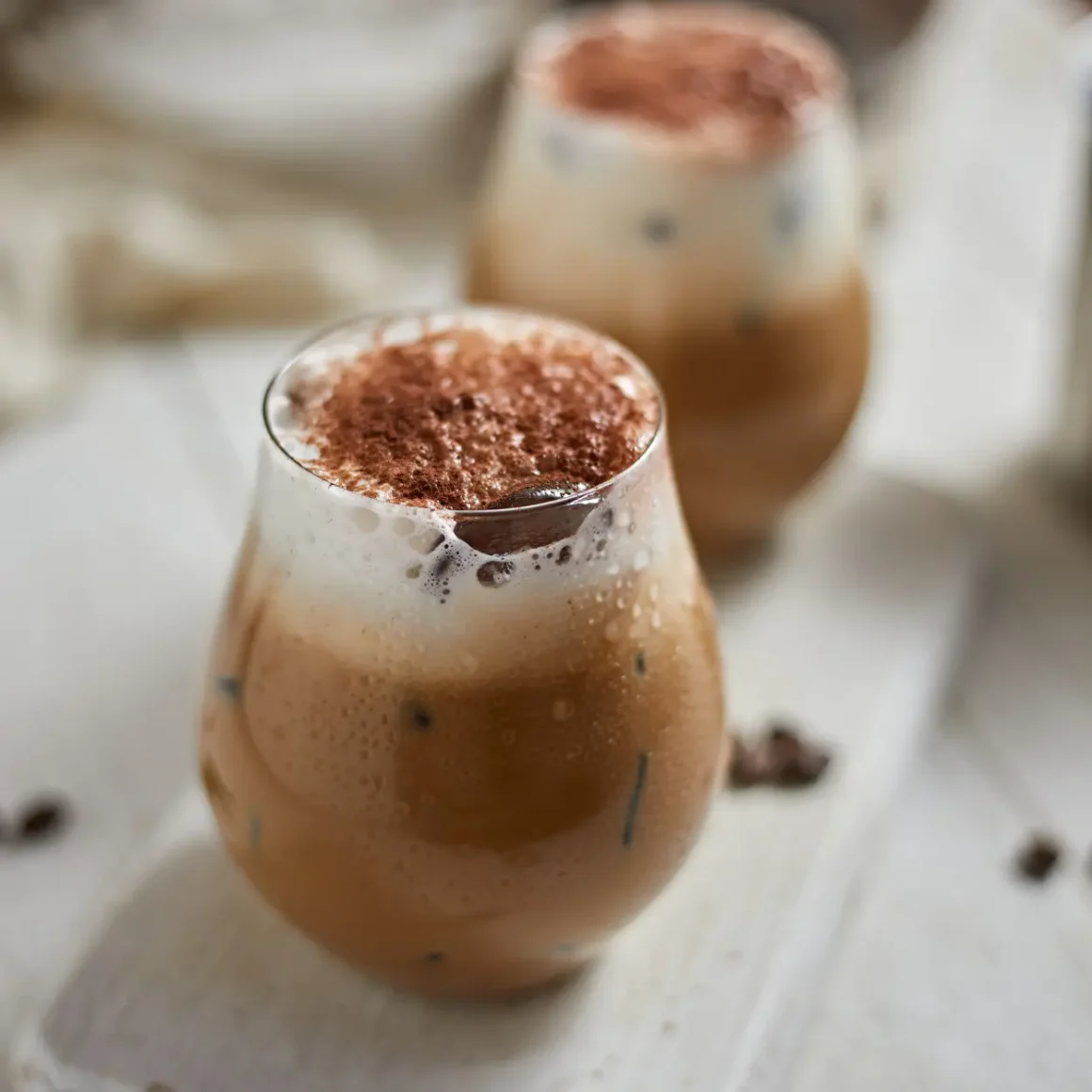
For those who love the creaminess of this type of milk, here are some alternative coffee ideas:
- Oat Milk Latte: Similar to a cappuccino but with more steamed milk and less foam. It’s a creamy and satisfying alternative.
- Iced Oat Milk Mocha: Combine cold brew coffee with this kind of milk, a bit of cocoa powder, and your preferred sweetener for a refreshing and chocolatey drink.
- Oat Milk Macchiato: A stronger option, where a shot of espresso is poured over a small amount of warm, frothed milk.
Expert Tips for a Healthier Coffee Order

When ordering coffee, consider these expert tips to keep it healthy:
- Choose Smaller Sizes: Opt for a small or medium size to keep calorie and caffeine intake in check.
- Ask for Alternative Milk: Request this type of milk or other plant-based milk, preferably unsweetened.
- Be Mindful of Add-ons: Be selective with extras like whipped cream, flavored syrups, or chocolate shavings, as they can quickly increase calorie content.
Overall, by incorporating these healthier coffee options and tips into your routine, you can enjoy the rich flavors of coffee and this type of milk while maintaining a balanced diet. Whether it’s a homemade low-calorie oat milk cappuccino or a creative coffee alternative, there are plenty of ways to keep your coffee consumption both delightful and healthy.
Conclusion
In conclusion, understanding the caloric content of an oat milk cappuccino is an essential aspect of making informed dietary choices, especially for those who regularly enjoy this popular coffee variant. As we have explored, the calorie count can vary based on factors like the type of milk used and any additional ingredients. By being mindful of these variables, coffee lovers can enjoy a cup of this delightful coffee drink without compromising their health goals. Remember, the key to a balanced diet is moderation and awareness of what you consume.
FAQ
How does oat milk compare to other milk options in terms of calories?
This type of milk generally has fewer calories than whole dairy milk but more than almond milk, making it a middle-ground option in terms of caloric content.
Can you reduce the calories in your cappuccino by choosing different ingredients
Yes, you can reduce calories in a cappuccino by using unsweetened oat milk, avoiding added sugars, and opting for smaller serving sizes.
Are there any health benefits to drinking oat milk cappuccinos?
These beverages offer the benefits of being dairy-free and can be lower in calories, often providing a good source of fiber and fortified nutrients.
What are some low-calorie oat milk cappuccino recipes?
Low-calorie recipes of this beverage often involve using unsweetened versions of this milk, minimal to no sweeteners, and spices like cinnamon for added flavor without extra calories.



